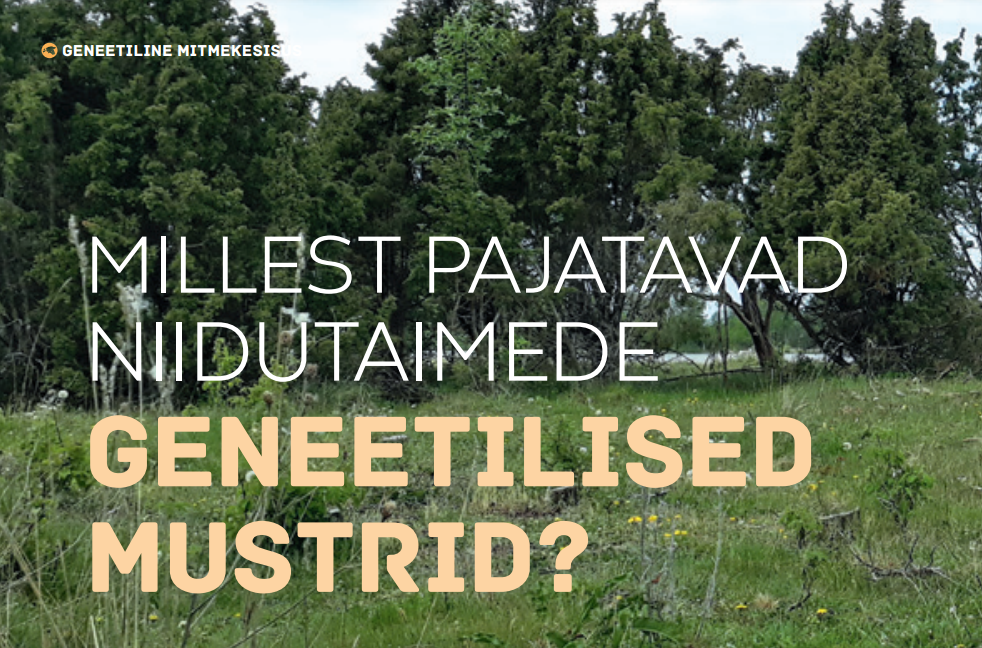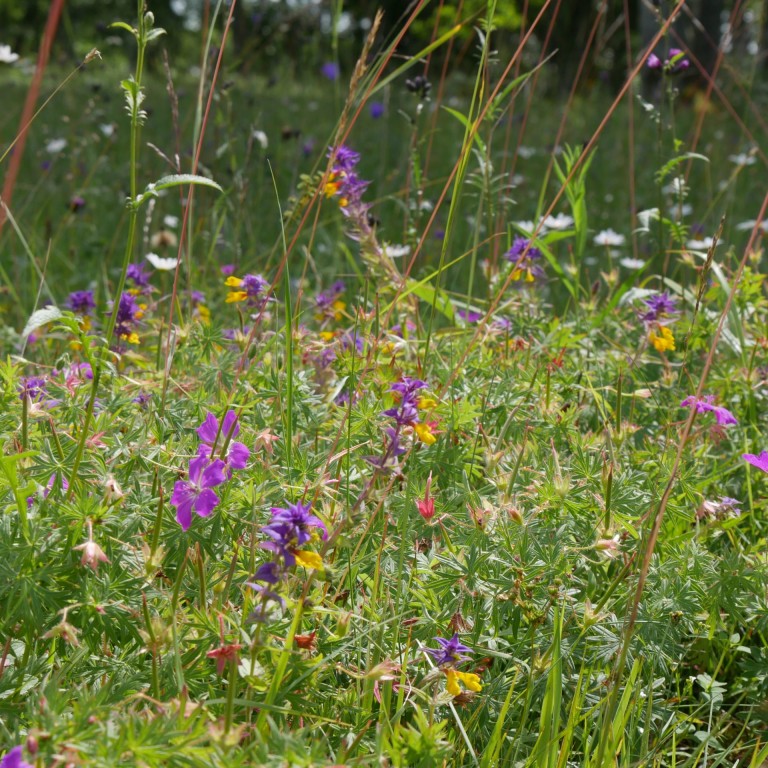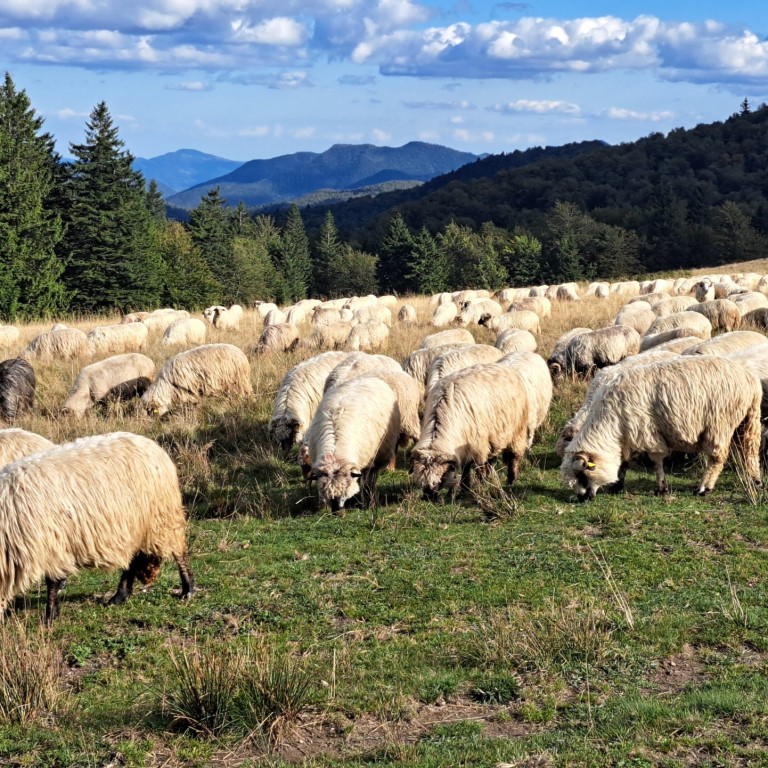The rapid development of molecular methods has provided an opportunity to further study the genetic level of biodiversity. In a recent issue of the journal Eesti Loodus, Iris Reinula, PhD student in the Landscape Biodiversity Workgroup, and Tsipe Aavik, Associate Professor, look at the role that genetic diversity plays in coping with landscape and environmental changes in nature. They also describe how genetic patterns help to understand the functioning of the ecological whole of Estonian landscapes.
Like species diversity, biodiversity also needs to be maintained and valued at genetic level - it is genetic research that gives an idea of otherwise hidden ecological and evolutionary processes. However, the monitoring of the genetic diversity of wild species in Europe is scarce and incomplete, and the loss of genetic variants in plant and animal populations that ensure the persistence of biodiversity may go unnoticed (see also "In order for species to survive, the monitoring of genetic diversity in Europe must be strengthened").
"From several previous studies, as well as the ongoing studies of the Landscape Biodiversity Working Group, we know that the low levels of genetic diversity, which may be due to a lack of pollinators, unsuitable landscape or populations spatially too far apart, leads to plants that are more likely to exhibit diseases and harmful mutations," says Iris Reinula. "Also, genetically poorer plant populations are more exposed to environmental change. Thus, the exchange of genetic information, or gene flow between fragmented populations, is a tool for plants to adapt to environmental changes. Our research helps identify which landscape elements significantly hinder the gene flow between fragmented semi-natural grassland patches or, conversely, facilitate the exchange of genetic information. This knowledge will complement both the basic knowledge of the factors affecting the genetic diversity invisible to the eye and support the planning of conservation activities."
The article "What do the genetic patterns of meadows tell us?" (in Estonian) can be read in the latest issue of the Eesti Loodus magazine.
More information:
Iris Reinula
Tsipe Aavik




